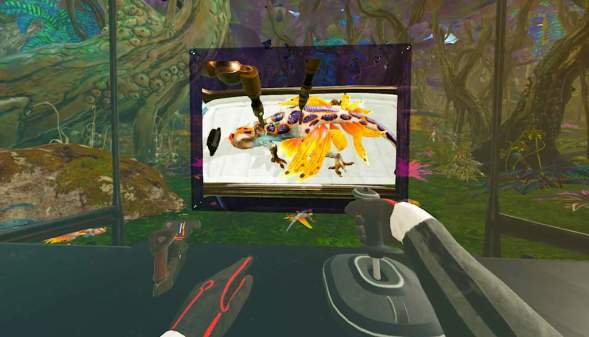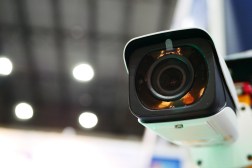Innovation in charter vs. district schools

AUSTIN, TEXAS – Which is more innovative – charter schools or district schools?
Arguments can be made for both, according to representatives for both types of schools who engaged in a spirited debate at SXSWedu. Alex Hernandez, a partner at the Charter School Growth Fund, a nonprofit that supports the expansion of charter schools across the country, debated about the rate of innovation with Anthony Kim, CEO of Education Elements, which offers personalized learning consultation to district schools.
There has been frequent tension between traditional district public schools and charter schools, which typically operate as public schools but are independently run and operated by for-profit companies.
Hernandez and Kim talked about their perspectives on a variety of topics, what charter and district schools get right, and how each can learn from the other.
Here are some tidbits from their panel, which was moderated by Julia Freeland Fisher, director of the Clayton Christensen Institute for Disruptive Innovation.
On challenges
Hernandez: “There’s great teachers in every school, even in the worst schools. But how do you create a school where you’re guaranteed to get four or five great teachers in a row? You need a strong culture, people who have input, parents who are interviewing teachers. I worked in a district school, and when you have people not bought in, you end up having pilots and they only happen in one or two classrooms.”
Kim: “We serve 300,000 students across the country, and most of them are districts scaling hundreds of schools at one time. I don’t see any charters doing 100 schools in a year. The challenge is, like any organization, there is a whole continuum of skill sets. How do we convince everyone that every child needs a personalized learning experience?”
On technology
Hernandez: “I love technology, it has been a game-changer. What’s hard and not easy to scale is transforming teaching.”
Kim: “You can’t just bring technology into classrooms [without using it correctly]. If technology can change the way we operate in schools and make them more agile and nimble, and respond to the needs of students, it’s critical.”
On innovation in schools being a “fad”
Hernandez: “The hope that our children can have better schools is never going to go. I’ve seen fads come and go, but what’s different now is we’re putting tools and all these great resources in schools. Innovation isn’t going to stop. We’re going to keep wanting better.”
Kim: “I don’t think it’s a fad, but how do we prepare kids for college and the future? You can’t predict the jobs of the future because technology and how we work has completely changed over the last 20 years. We may not call it personalized learning, we may call it self-directed learning.”
On equity
Hernandez: “I hear a lot of complaining about the ‘digital divide,’ and few strategies. The nice thing about personalized learning is it can help across a range [of students]. Gifted kids get screwed a lot of the time.”
Kim: “Equity is really hard in a school district. Los Angeles Unified School District said, ‘We’re gonna give every kid an iPad.’ And the intent is right, you don’t want to discriminate against kids, but it created a really bad experience for everybody. The intent resulted in a really negatively equitable situation, because now they’ve spent all this money, there’s bad publicity, [the devices are] not being utilized. That’s what I’m concerned about – how we make decisions at large scale? It has to be thoughtful and smart.
Read what other educators and IT leaders shared at SXSWedu — exclusive coverage from EdScoop.
Reach the reporter at corinne.lestch@edscoop.com and follow her on Twitter @clestch and @edscoop_news.




